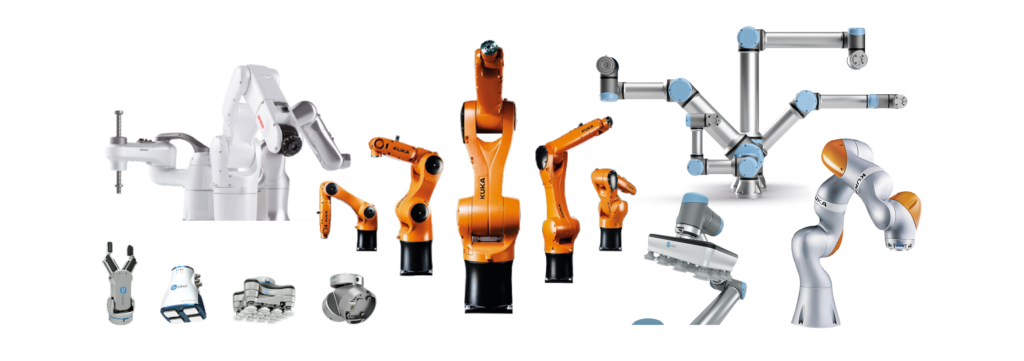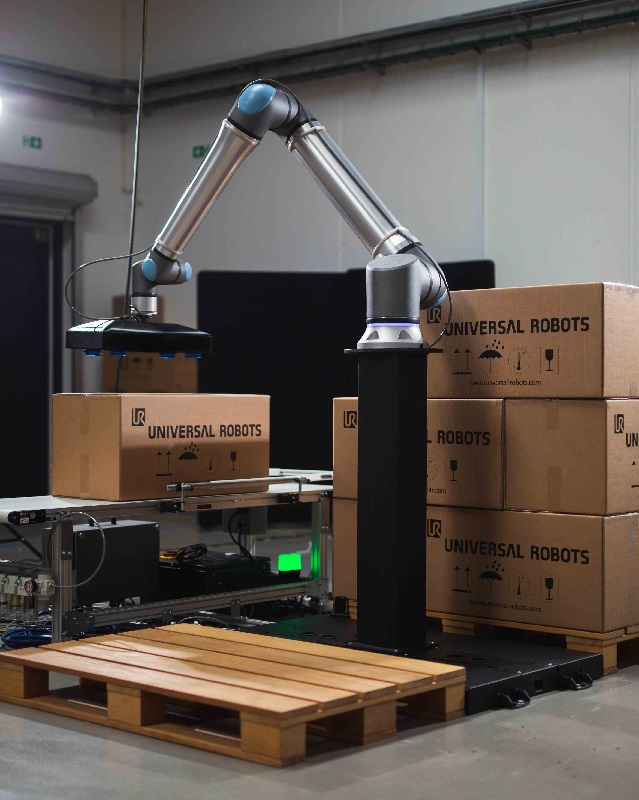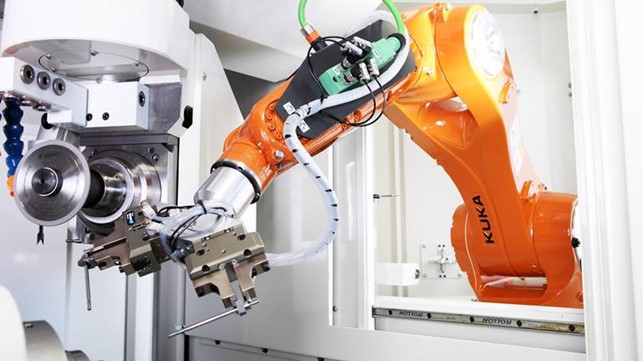Robots have become increasingly popular in recent years as a means of increasing efficiency and productivity in the workplace. Some companies also invest in robots to automate repetitive and monotonous tasks, thereby freeing up their employees for more complex and value-added tasks. This increases job satisfaction and supports employee retention.
However, many companies have not yet started automating. And one reason why companies are hesitant to invest in robots and automation is that there is a widespread perception that it is very expensive. In addition, it can be difficult to understand the total investment, the benefits that robots provide, and how automation is approached to begin with.
In this blog post, we will clarify why the investment can pay off, and how quickly you can recoup your investment.

Factors that affect the ROI for robots
The ROI (Return On Investment) for robots varies and depends on several factors, including:
-
- the type of robot
- the industry in which it is used
- the specific tasks it will perform
For example, a cobot (collaborative robot) used in a production line to perform a packaging or palletizing task will have a different ROI than an industrial robot used in a production line to perform an assembly process. In addition, the costs of the chosen robot, including the purchase price and ongoing maintenance costs, will also affect the ROI.
The typical payback period for a robot solution is 12-18 months, but for some companies, it can be as low as six months. The payback period depends largely on how much the robot is utilized. For example, is it used in a process that runs only a few days per month or is it running in a three-shift operation, seven days a week, 365 days a year.
If you want a flexible solution that can be used for multiple processes, and where the operator can reprogram the robot for new processes or products, a cobot is typically the most suitable solution. If the same process needs to run for many hours every day, it is typically solved with an industrial robot.
But it is important to look at the big picture. That is, not just the price you pay for the robot itself, but also the other advantages you get, all of which benefit your bottom line.
Advantages of robots
In addition to the short payback period, both cobots and industrial robots offer several other benefits that have a positive impact on your finances and competitiveness.

Cobots are designed to work alongside humans and can thus be integrated into production together with technicians and other employees. But unlike its human colleagues, it does not get tired and unfocused on monotonous and strenuous tasks. It also does not need to take breaks or holidays and can, in principle, work around the clock without compromising product quality.
An industrial robot, on the other hand, must be shielded from humans as they work significantly faster than a cobot. But also the industrial robot can work continuously and with much higher precision than humans.
However, the commonality between the two types of robots is that the robot should be thought of as a new colleague; one who helps employees rather than take their jobs. A robot can take over the monotonous, repetitive tasks or heavy and inappropriate lifting, freeing up employees for more value-creating tasks that benefit both the employee and the company.
Moreover, many robot systems today are so easy to program and adapt that they can be moved and reprogrammed for new tasks in the production. This offers tremendous flexibility in your investment. Depending on the type of robot, your own technical personnel can be trained to handle reprogramming, but with more technically complex robots, it requires external programmers and possible changes in your production facilities.
Some of the benefits of implementing a robot in production are:
- Streamlined production, where speed, uniformity, and precision are improved
- Higher flexibility in production
- Imporoved work environment
- Reduced production costs
- Increased competitiveness
- Less waste and a more environmentally friendly production

So, is it worth investing in robots?
The precise ROI must be calculated for the specific case. But particularly cobots and smaller industrial robots are an easy and relatively inexpensive way to get started with automation.
The price of a small robot arm starts at around 200,000 DKK, but this only includes a robot in a box, and you must provide your own gripper, accessories, installation, risk assessment, and CE marking, etc. A complete automation solution with a robot, accessories, installation, risk assessment, and CE marking starts at around 350,000 DKK.
However, a robot can be beneficial even in small productions. In essence, it applies to all productions that have manual processes or dangerous work. The robot contributes to a better working environment and supports employee retention.
One of the biggest advantages of implementing a robot is flexibility. Industrial robots have become smaller and much more mobile than before, making them highly adaptable. A cobot can be easily reprogrammed, equipped with a different application, and moved to a new job function.
In addition to achieving a better working environment, the above contributes to improve the efficiency of production, which increases your competitiveness and benefits the bottom line. And then it also helps to shorten the payback period for a robot.
Are you interested in learning more about the possibilities of automating your production?

